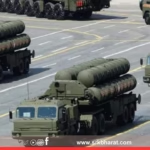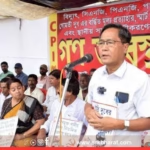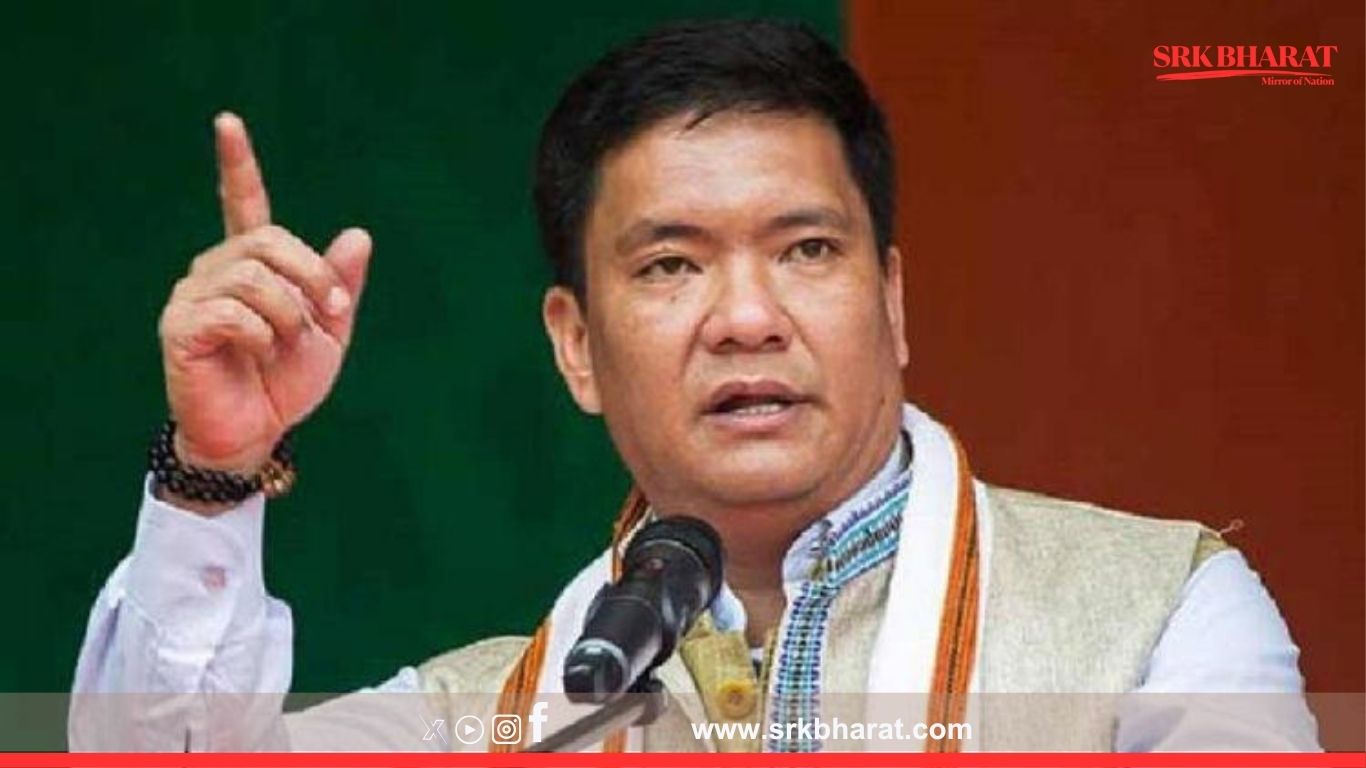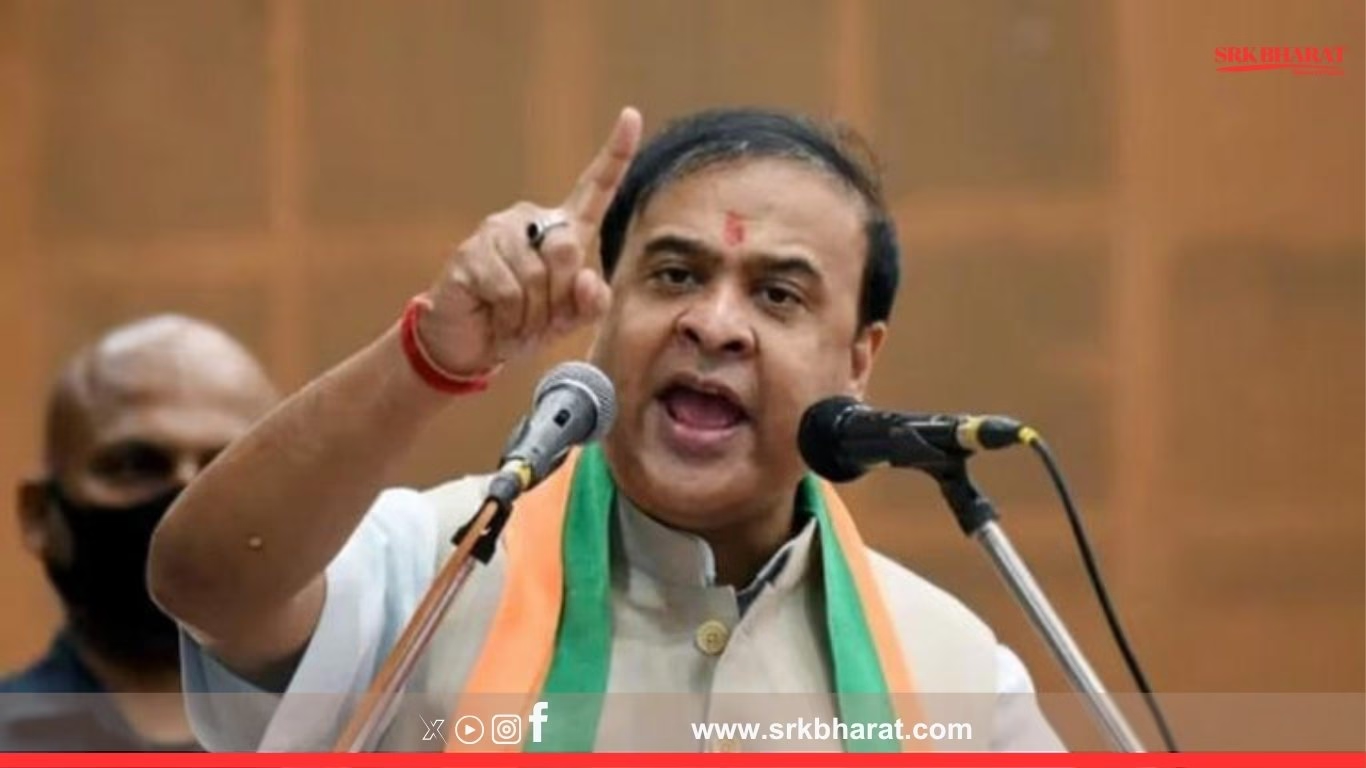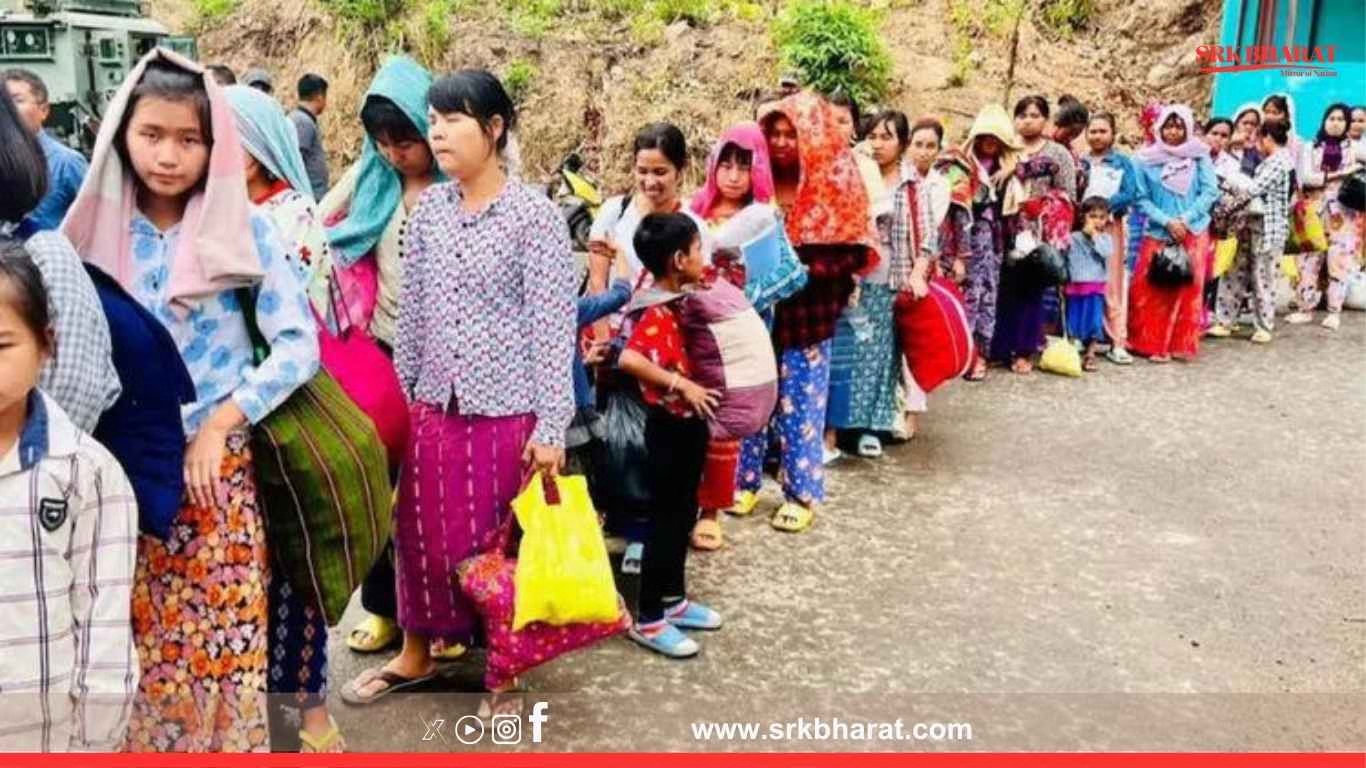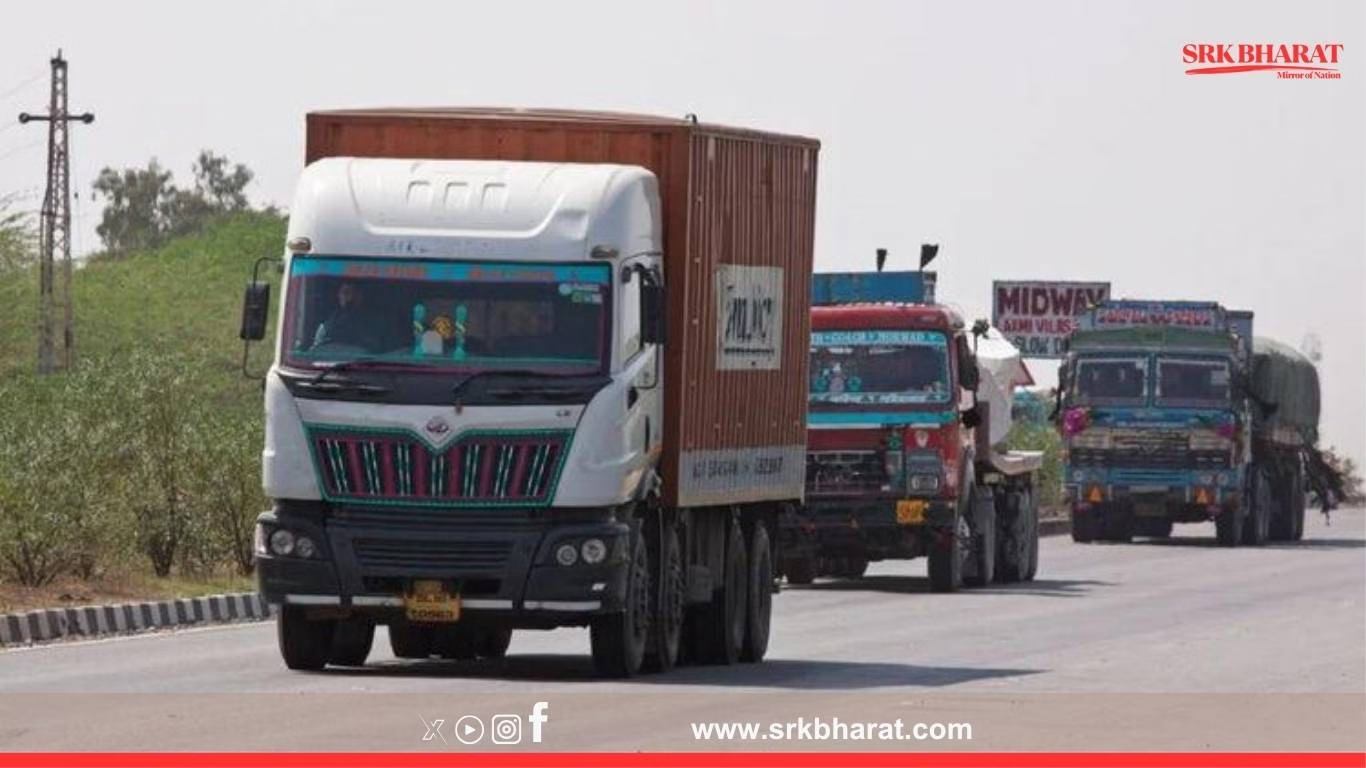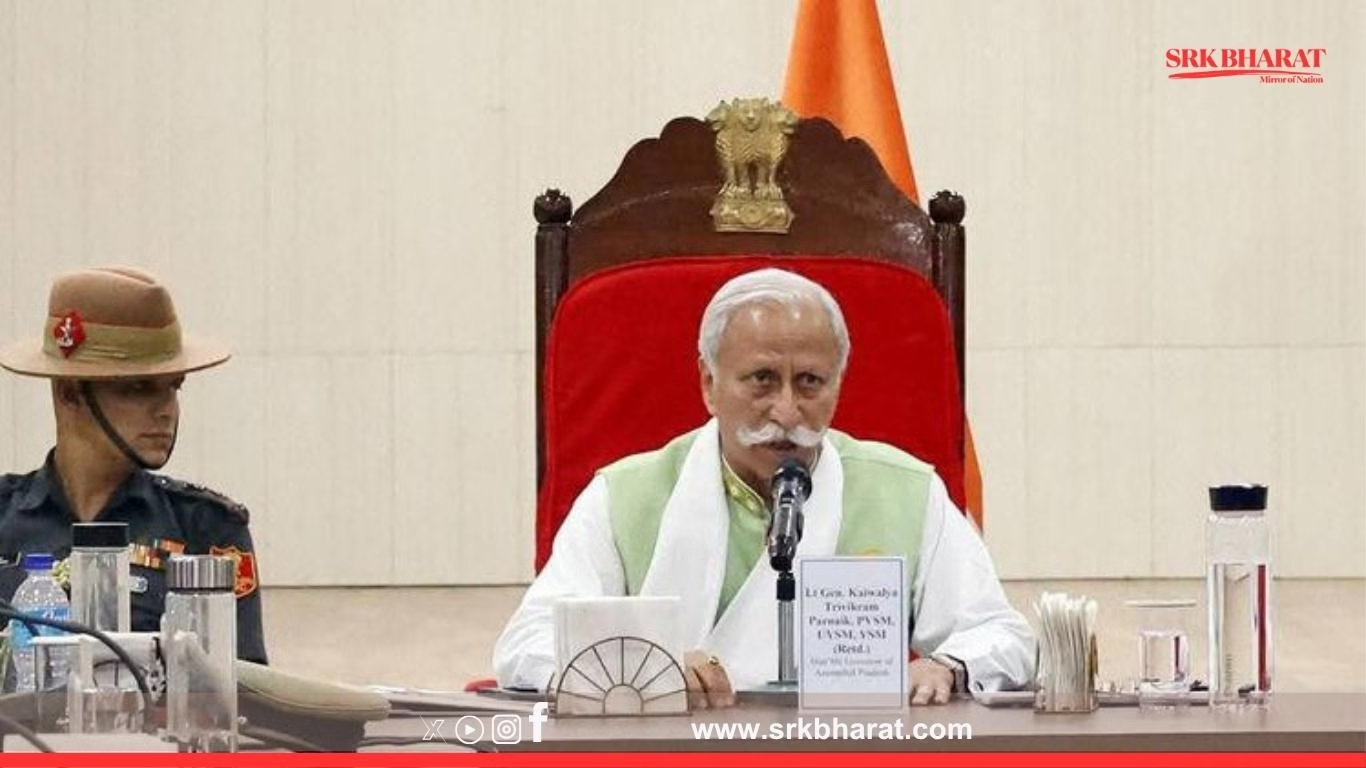In a landmark push toward bridging the digital divide, Arunachal Pradesh has successfully brought over 3,500 villages under 4G coverage, marking a major milestone in the state’s digital inclusion mission. The initiative, backed by the Government of India’s ₹2,675 crore telecom development plan, is transforming connectivity in one of the country’s most remote and strategically sensitive regions.
📡 Towering Progress in Tough Terrain
As part of the rollout, 254 4G mobile towers have already been activated, providing high-speed mobile connectivity to 336 border villages—many of which had remained unconnected since Independence. The broader plan includes 2,605 towers aimed at covering 3,721 villages, with over 1,156 additional sites identified for future expansion.
“We consider the remotest border village as the country’s first village, not the last,” said Union Minister Ashwini Vaishnaw, emphasizing the government’s commitment to last-mile digital empowerment.
🌐 Empowering Citizens and Securing Borders
The project is not only enhancing access to digital services like e-governance, telemedicine, and online education but also strengthening national security by reducing reliance on foreign mobile networks in border areas.
Union Law Minister Kiren Rijiju noted that residents in some regions previously depended on Nepalese SIM cards for communication. “Now, with BSNL’s 4G towers in place, even the most remote villages in Tawang and other border districts are digitally connected,” he said.
🚀 BharatNet and Beyond
In parallel, over 1,310 gram panchayats have been connected via optical fiber under the BharatNet scheme, while 5G services have been launched in Itanagar, with plans to expand further.
Stay tuned for updates on India’s digital transformation journey.



